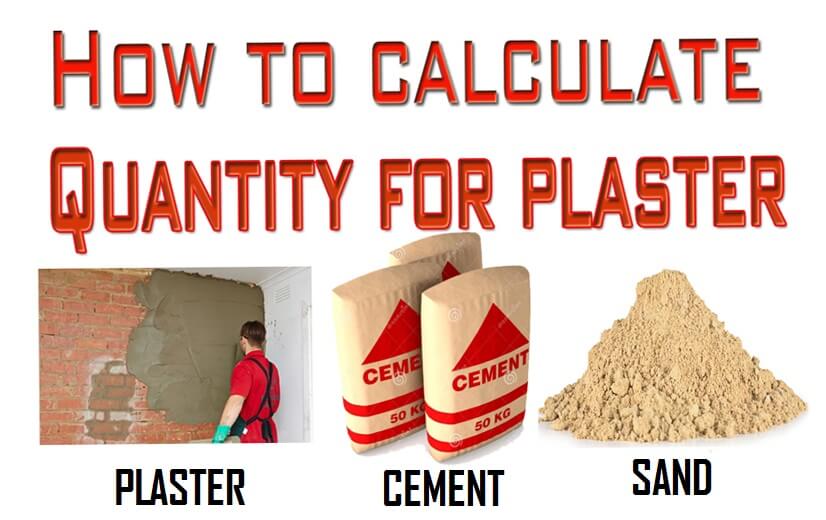Plaster is a building material used for the protective or decorative coating of walls and ceilings and for moulding and casting decorative elements. In English “plaster” usually means a material used for the interiors of buildings, while “render” commonly refers to external applications. The most common types of plaster mainly contain either gypsum, lime, sand or cement, but all work in a similar way. The plaster is manufactured as a dry powder and is mixed with water to form a stiff but workable paste immediately before it is applied to the surface.
The reaction with water liberates heat through crystallization and the hydrated plaster then hardens. Plaster can be relatively easily worked with metal tools or even sandpaper and can be moulded, either on-site or to make pre-formed sections in advance, which are put in place with adhesive. Plaster is not a strong material; it is suitable for finishing, rather than load-bearing, and when thickly applied for decoration may require a hidden supporting framework, usually in metal.
Notes
1- Cement Mortar Ratio for wall plastering 1:6
2- Cement Mortar Ratio for ceiling plastering 1:4
3- Plastering thickness should not be more than 12-15 mm. If there is a need for an additional coat don’t do that at one go.
4- Ensure you are using good quality of cement & Sand.
5- Ensure you are using measuring box (not the head pan) for site mix.
Example
Given that:
Ratio: 1:4
L= 6 M
H = 3 M
Thickness of Plaster = 12 mm
Volume of plaster = L * H * Thickness
Volume of plaster = 6 * 3 *0.012 = 0.216 m3
Dry Vol. =Wet Vol. * 1.27 ⇒ 0.216 * 1.27 = 0.274 m3
Vol. of cement = 1/5 * 0.274 = 0.054 m3
Density of cement = 1440 kg per cubic metre
Vol. of cement = 0.054 *1440 = 78 kg
One bag of cement have 50 Kg
Vol. of cement = 0.054 *1440/50 = 78 kg
Vol. of sand =4/5 * 0.274 = 0.21 m3

